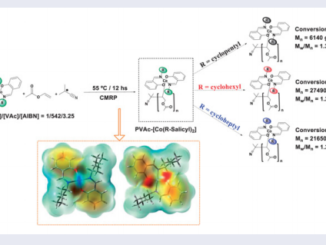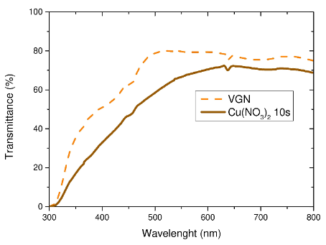
Yolk-shelled ZnCo2O4 microspheres: Surface properties and gas sensing application
Abstract: The need to improve the sensitivity, selectivity and stability of ozone gas sensors capable of monitoring the environment to prevent hazard to humans has sparked research on binary metal oxides. Here we report on a novel ozone gas sensor made with ca. 0.5 μm yolk-shelled ZnCo2O4 microstructures synthesized via an eco-friendly, co-precipitation method and subsequent annealing. With these ZnCo2O4microspheres, ozone concentrations down to 80 parts per billion (ppb) could be detected with a.c. and d.c. electrical measurements. The sensor worked within a wide range of ozone concentrations, from 80 to 890 ppb, being also selective to ozone compared to CO, NH3 and NO2. The high performance could be attributed to the large surface area to volume ratio inherent in yolk-shell structures. Indeed, ozone molecules adsorbed on the ZnCo2O4 surface create a layer of holes that affect the conductivity, as in a p-type semiconductor. Since this mechanism of detection is generic, ZnCo2O4 microspheres can be further used in other environment monitoring devices.
Authors: Nirav Joshi, Luís F. da Silva, Harsharaj S. Jadhav, Flavio M. Shimizu, Pedro H. Suman, Jean-Claude M’Peko, Marcelo Ornaghi Orlandi, Jeong Gil Seo, Valmor R. Mastelaro & Osvaldo N.Oliveira Jr.
Sensors and Actuators B: Chemical
Volume 257, March 2018, Pages 906-915
Link: https://www.sciencedirect.com/science/article/pii/S0925400517321743?via%3Dihub
DOI: https://doi.org/10.1016/j.snb.2017.11.041
PDF: Yolk_shelled ZnCo2O4 microspheres_Surface properties and gas sensing application




